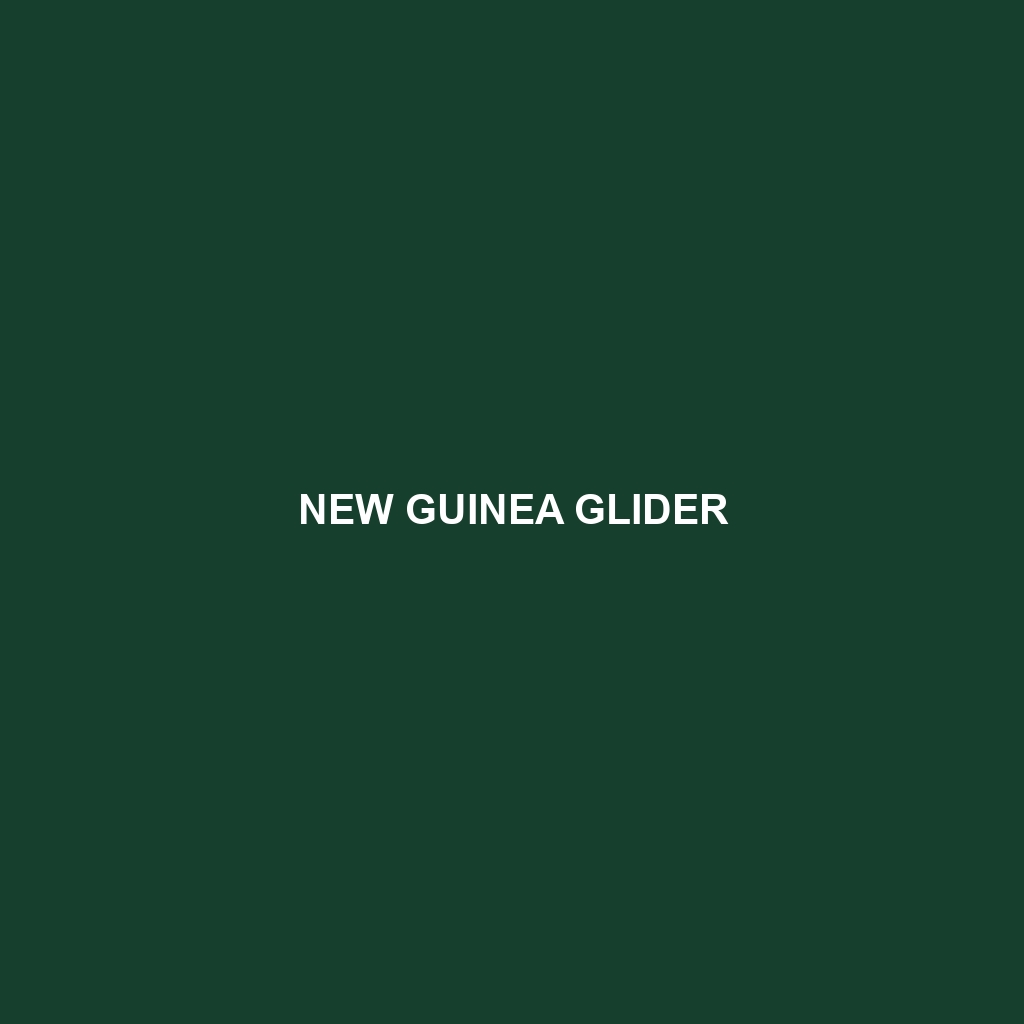New Guinea Glider
The New Guinea Glider, also known as the Sugar Glider (Petaurus breviceps papuanus), is a small, nocturnal marsupial native to the forests of New Guinea. Known for its ability to glide between trees using a thin membrane stretching from its wrists to its ankles, this fascinating creature boasts an array of unique attributes that make it a standout species in the animal kingdom.
Physical Characteristics
Size and Weight:
Length: Approximately 24-30 cm (9.4-11.8 inches) including the tail.
Weight: Typically between 100-160 grams (3.5-5.6 ounces).
Coloration:
Fur: Soft and silky, usually grey or brownish-grey with a lighter underbelly.
Stripes: A distinctive dark stripe runs from the nose over the head and down the back.
Eyes: Large and dark, adapted for nocturnal vision.
Special Features:
Patagium: A gliding membrane called the “patagium” stretches from the wrists to the ankles, allowing them to glide distances of up to 50 meters (164 feet).
Tail: Prehensile and bushy, used for balance and steering during glides.
Behaviors
Social Interactions:
New Guinea Gliders are highly social animals, typically found in family groups consisting of up to 7 individuals.
They communicate through a variety of vocalizations, including clicks, chirps, and a distinctive “bark.”
Feeding Habits:
Omnivorous diet, consisting mainly of insects, nectar, pollen, and sap from Eucalyptus and Acacia trees.
They have sharp lower incisors to gouge tree bark and obtain sap.
Ecological Roles:
Pollinators: By feeding on nectar and pollen, they play a crucial role in the pollination of various plant species.
Pest Control: Their insectivorous habits help control insect populations.
Habitats
Natural Habitat:
Found primarily in the tropical and subtropical forests of New Guinea.
They prefer environments with abundant tree cover, which provides both shelter and food sources.
Adaptations:
Gliding: Their ability to glide helps them evade ground-based predators and efficiently move between food sources.
Nocturnal Lifestyle: Their large eyes and keen sense of smell make them well-suited for nighttime activities.
Social Structures: Living in groups enhances their ability to defend territories and care for their young.
Conservation Status
Current Status:
While not currently listed as endangered, New Guinea Gliders face threats from habitat destruction and fragmentation due to logging and agricultural expansion.
Conservation efforts focus on habitat preservation and sustainable forestry practices to ensure their continued survival.
Fascinating Fun Facts
New Guinea Gliders can communicate using a complex system of more than 30 different sounds, each with a specific meaning.
They have a highly developed sense of smell, which they use to locate food and recognize familiar individuals within their group.
These gliders can live up to 15 years in captivity, although their lifespan in the wild is typically shorter due to predation and environmental factors.
The New Guinea Glider exemplifies the marvels of adaptation and ecological balance, making it a captivating species for wildlife enthusiasts and researchers alike. Whether you’re fascinated by their acrobatic glides or their intricate social systems, these gliders offer a glimpse into the rich biodiversity of New Guinea’s forests.
